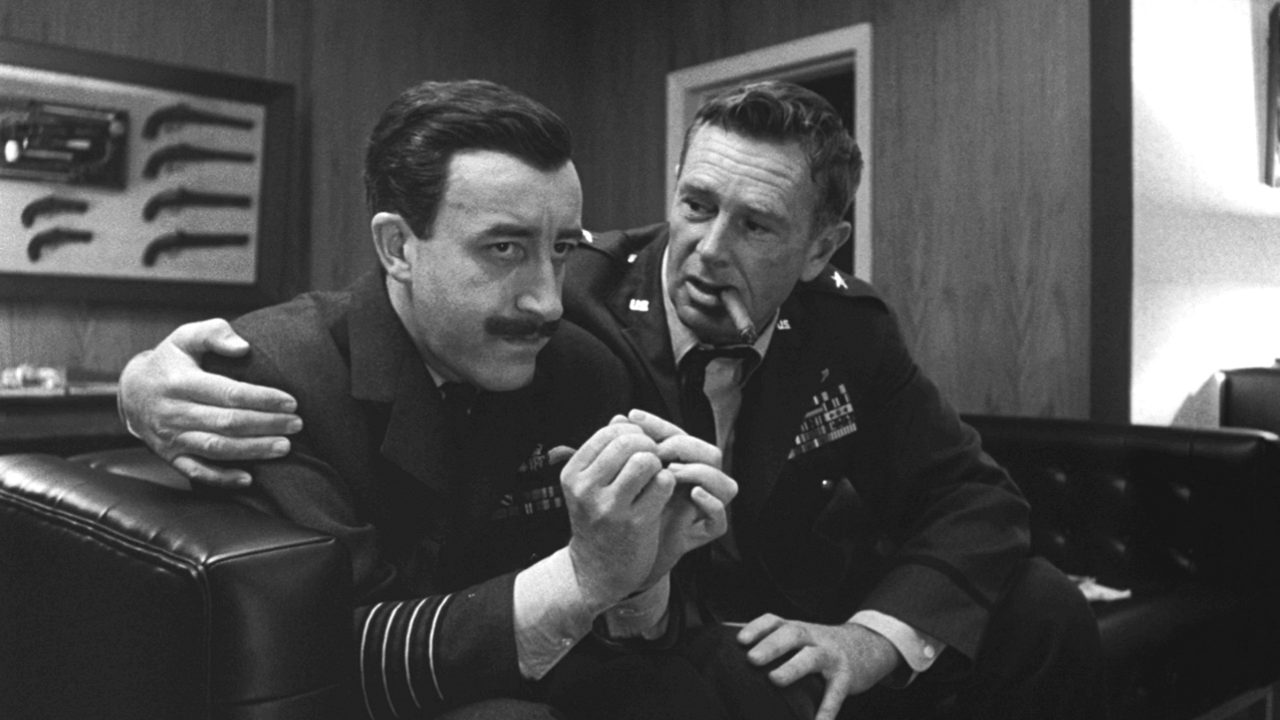Here are a bunch of references for urinary anion gap. Time to move on guys, this equation doesn’t work .
The first publication about urine anion gap. Link
Goldstein, M. B., Bear, R., Richardson, R. M., Marsden, P. A., & Halperin, M. L. (1986). The urine anion gap: a clinically useful index of ammonium excretion. The American Journal of the Medical Sciences, 292(4), 198–202.
The second publication, and in the NEJM no less. You don’t see these kind of physiology experiments make it to NEJM any more. And that is kind of a shame. Link
Batlle, D. C., Hizon, M., Cohen, E., Gutterman, C., & Gupta, R. (1988). The use of the urinary anion gap in the diagnosis of hyperchloremic metabolic acidosis. The New England Journal of Medicine, 318(10), 594–599.
Urinary anion gap take down. Might not be first, but the first I heard this argument was by Dr. Jaime Uribarri at NKF Clinicals. Link
Uribarri, J., & Oh, M. S. (2021). The Urine Anion Gap: Common Misconceptions. Journal of the American Society of Nephrology: JASN, 32(5), 1025–1028.
Another editorial showing the way forward: Just measure the urinary ammonium. Link
Uribarri, J., Goldfarb, D. S., Raphael, K. L., Rein, J. L., & Asplin, J. R. (2022). Beyond the Urine Anion Gap: In Support of the Direct Measurement of Urinary Ammonium. American Journal of Kidney Diseases: The Official Journal of the National Kidney Foundation, 80(5), 667–676.
Urine anion gap does not predict urinary ammonium in DKA Link
Oh, M. S., Banerji, M. A., & Carroll, H. J. (1981). The mechanism of hyperchloremic acidosis during the recovery phase of diabetic ketoacidosis. Diabetes, 30(4), 310–313.
Urine anion gap does not predict urinary ammonium in respiratory acidosis Link
Polak, A., Haynie, G. D., Hays, R. M., & Schwartz, W. B. (1961). Effects of chronic hypercapnia on electrolyte and acid-base equilibrium. I. Adaptation. The Journal of Clinical Investigation, 40(7), 1223–1237.
Urine anion gap does not predict urinary ammonium after systemic acidification with oral methionine loading Link
Lemann, J., Jr, & Relman, A. S. (1959). The relation of sulfur metabolism to acid-base balance and electrolyte excretion: the effects of DL-methionine in normal man. The Journal of Clinical Investigation, 38(12), 2215–2223.





 2/10
2/10






 (@adambroach)
(@adambroach) 












